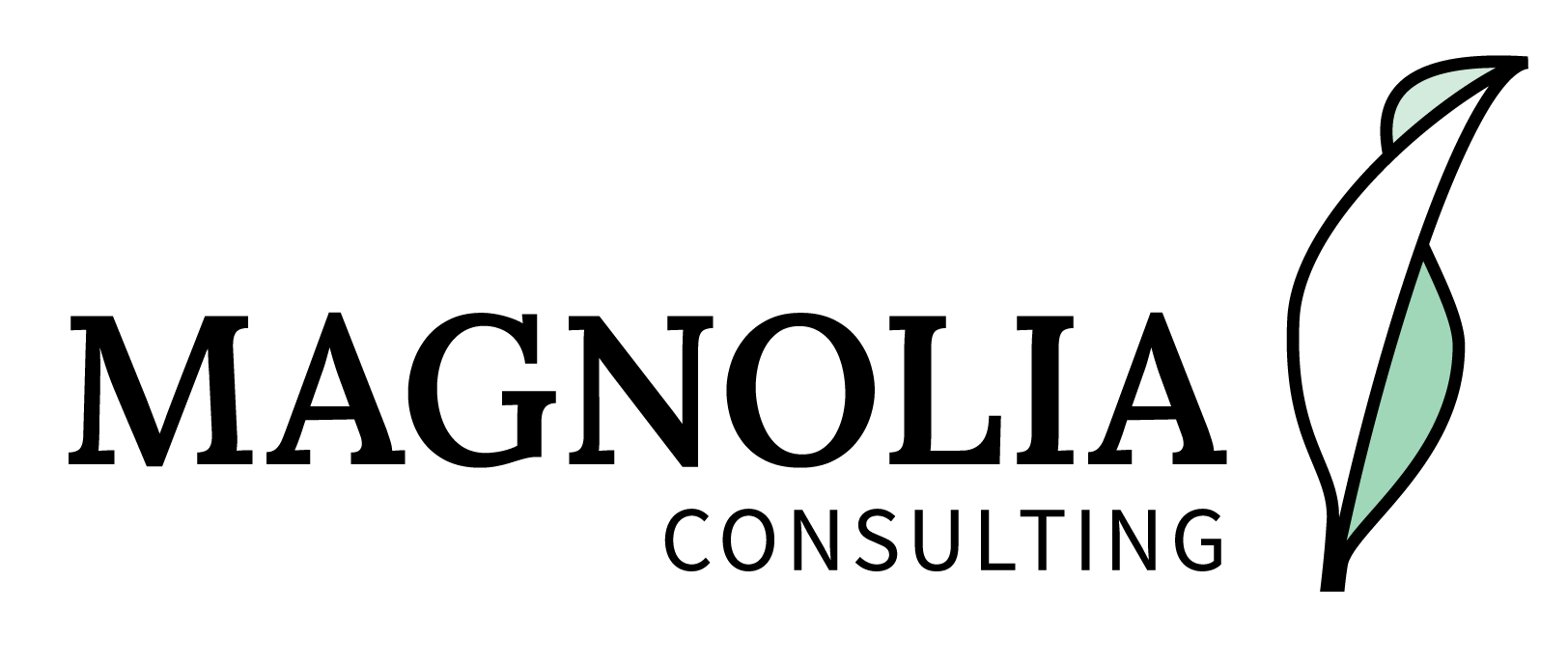Due to its connection with the financial sector as an investment or financing object, the real estate sector is affected by sustainable finance regulations like no other real economic sector. In particular, companies along the value chain of a property, from the project developer to the construction company to asset managers and investors, should pay special attention to two topics: the EU taxonomy and the so-called Principles of Adverse Impact (PAI) of the Sustainable Finance Disclosure Regulation (SFRD).
Many companies are already working on implementing the EU taxonomy. From our point of view, they often overlook essential aspects that should, however, be considered for internal and external purposes.
Why?
- Net Zero Alignment: Of course, the EU taxonomy aims to promote environmentally sustainable investments. However, many technical screening criteria are not (yet) necessarily aligned with a 1.5°C temperature pathway. Companies on the path to Net Zero should take this into account when implementing their decarbonisation strategy.
- Physical risks: All activities that support climate action require the best possible physical risk assessment. Granular geographic data that provides predictive information on vulnerability and damage from physical hazards is still hard to come by. Furthermore, climate scenario analysis is often not yet well established in corporate practice. While many companies focus on accounting issues, there is a risk that they fail to integrate good physical risk assessment in practice.
- Life cycle assessments (LCAs): many companies are unhappy due to data challenges, although GHG emissions reporting for all sectors is likely to become a legal requirement with the update of the CSRD for all companies in scope. Pragmatic approaches in line with the GHG Protocol and other standards are feasible. A starting point can be based on approximated values as long as improving data quality is part of the data strategy.
And why now the SFRD PAIs?
The 18 mandatory criteria pick up many of the themes of the taxonomy, but extend them in terms of a broader understanding of sustainability. The indicators thus overlap and complement each other, and together provide a potential basis for targeted and effective ESG KPI management.
Attention to the criteria is important because:
Financial institutions are planning an increasing number of sustainable financial products, e.g. Art. 8 and 9 funds. Companies and real estate that proactively meet the investment criteria become more attractive to investors and avoid tedious data collection after the fact.
Many companies fill a confusing set of sustainability indicators. These are often only used for external reporting and serve no purpose for strategic management. A focus on the core KPIs of the PAI and the EU taxonomy can help to change this and set the right accents.
The topic of Scope 3 also plays a role here: if you want to continue to have a sustainable image with investors, you cannot avoid recording the GHG emissions of all scopes.
Have we sparked your interest? Get in touch with us or find more information on ESG in the real estate industry in the standard work by Haufe Verlag, which our colleague Dr Anne Michaels co-authored.
https://shop.haufe.de/prod/esg-in-der-immobilienwirtschaft/E16082




